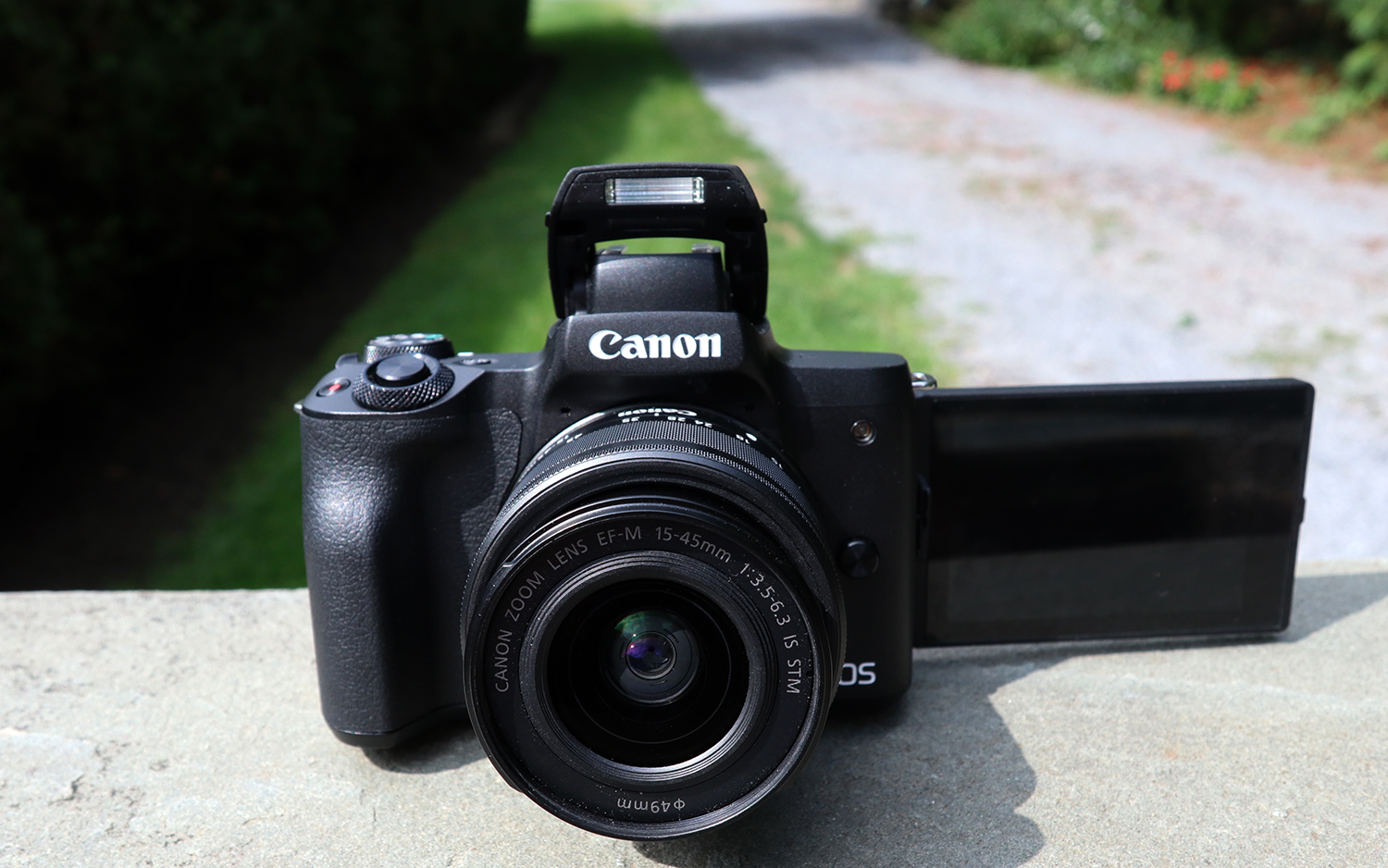Tom's Guide Verdict
Consider it. The Canon EOS M50 offers novices and enthusiasts a lot to like, but it's pricey and will need more Canon lenses to make it a truly full-fledged mirrorless system.
Pros
- +
Very good photo quality, even in low light
- +
Excellent electronic viewfinder
- +
Easy-to-use swiveling touch screen
- +
Lots of shooting modes
- +
Includes hot-shoe for external flashes
Cons
- -
Expensive
- -
Relatively smaller lens selection
- -
Video footage had some jitter
- -
Less battery life than competition
Why you can trust Tom's Guide
Consumers are demanding mirrorless cameras because generally they're as good and as versatile as DSLRs, but are smaller and lighter. While that's one of the draws of the 24.1-MP Canon EOS M50, it's not the only one.
For instance, there's the bright, clear electronic viewfinder and the versatile swiveling touch-screen LCD, two powerful tools to help you compose your shots or videos exactly the way you need.
But, for all its attributes, $899 (with an EF-M 15-45mm f/3.5-6.3 IS STM lens) is a lot to ask when there are so many other great mirrorless cameras available.
Design and Controls
Although the Canon EOS M100, the company's entry-level mirrorless camera, has only a few exterior controls, the step-up M50 has more, which makes it better suited for enthusiasts who want to quickly change settings. Yet, like the Sony A6300 and A6500, the M50 doesn't overdo it, and potentially overwhelm novices.

The Canon EOS M50 measures 4.6 x 3.5 x 2.3 inches and weighs 13.7 ounces (including battery pack and memory card), which makes it larger and heavier than the entry-level EOS M100 (4.3 x 2.6 x 1.4 inches and about 10.7 ounces), but the M50 adds an electronic viewfinder, fully swiveling LCD and a hot shoe.
On the other hand, the Sony A6300, one of our favorite midrange mirrorless cameras, measures 4.7 x 2.6 x 1.8 inches and weighs 14.25 ounces. I also liked that the M50's grip, which the M100 lacks, helps you steady your camera.
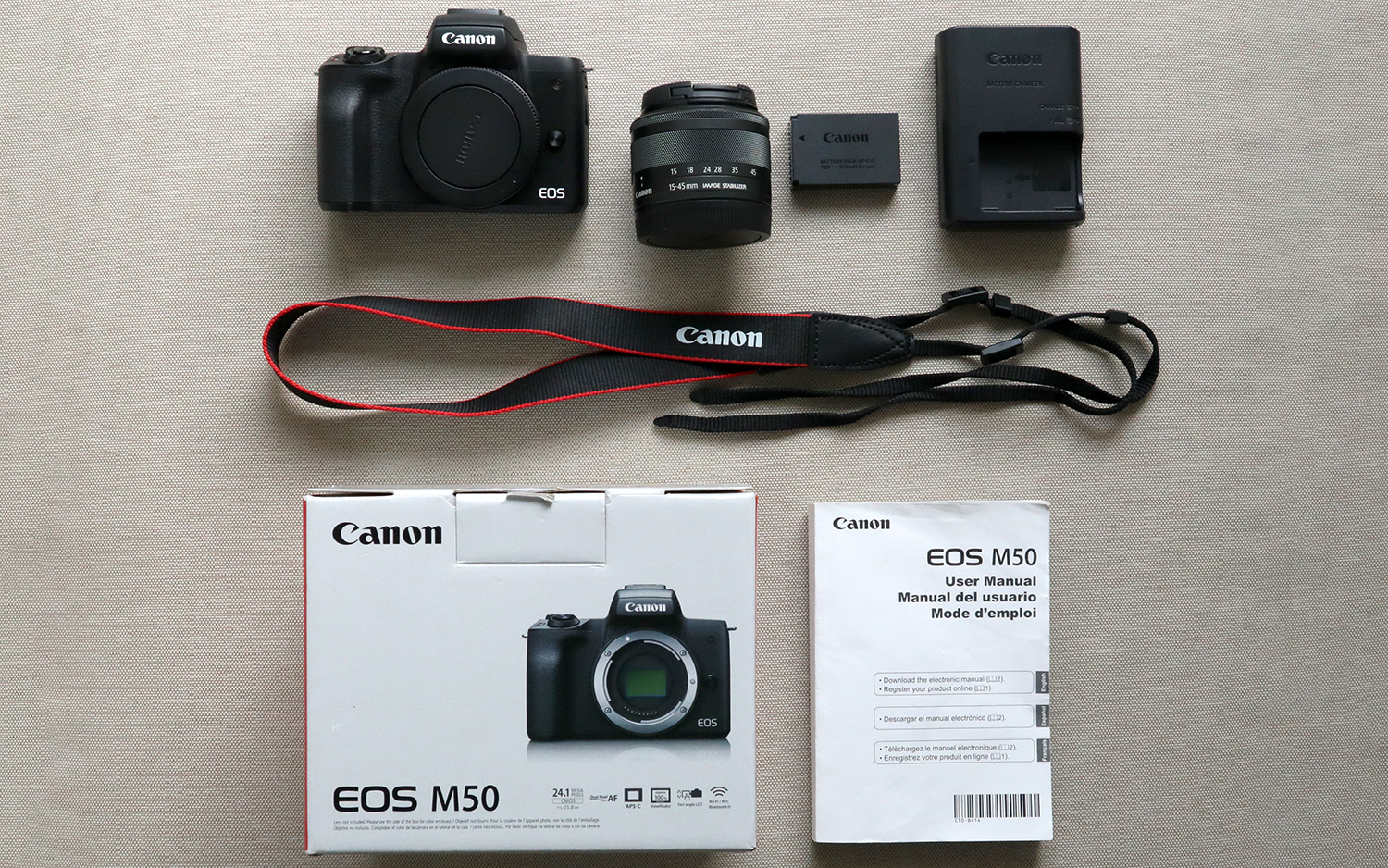
The M50 has a sharp and clear electronic viewfinder (EVF), as well as a very responsive swiveling touch-screen LCD, which includes touch-to-focus and touch-to-shoot features.
Get instant access to breaking news, the hottest reviews, great deals and helpful tips.
If you shoot lots of action and sports, you'll enjoy the 10 frames-per-second burst modes.
Overall, I really liked the options for the guided-menu system, which is an additional layer of information to keep you from getting lost in the menus. (When you press the menu, it has four choices of settings — shooting, playback, function and display-level , along with descriptions.) What's nicer is that you can remove it if you don't want it.

The M50 has other impressive features. For instance, if you shoot lots of action and sports, you'll enjoy the 10 frames-per-second burst modes, which worked quite well for me whether shooting JPEGs, RAW or a combination of RAW and JPEGs.
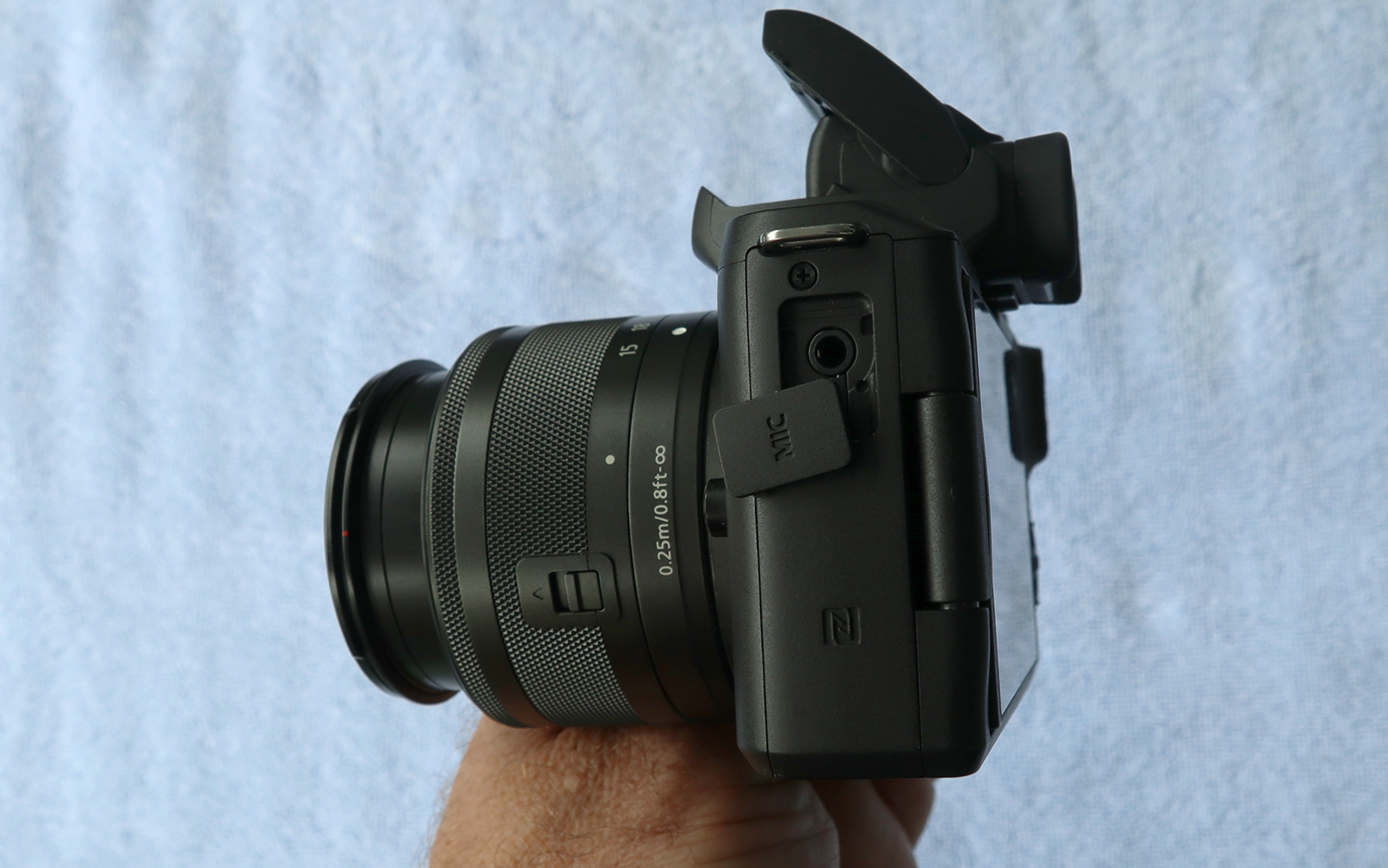
As you'll find on most kit lenses, the EOS M50's kit lens (EF-M 15-45mm f/3.5-6.3 IS STM) offers only a 3x optical zoom, with a maximum aperture setting of f/3.5-6.3, which can be a problem in low light or when trying to capture a shallow depth of field.
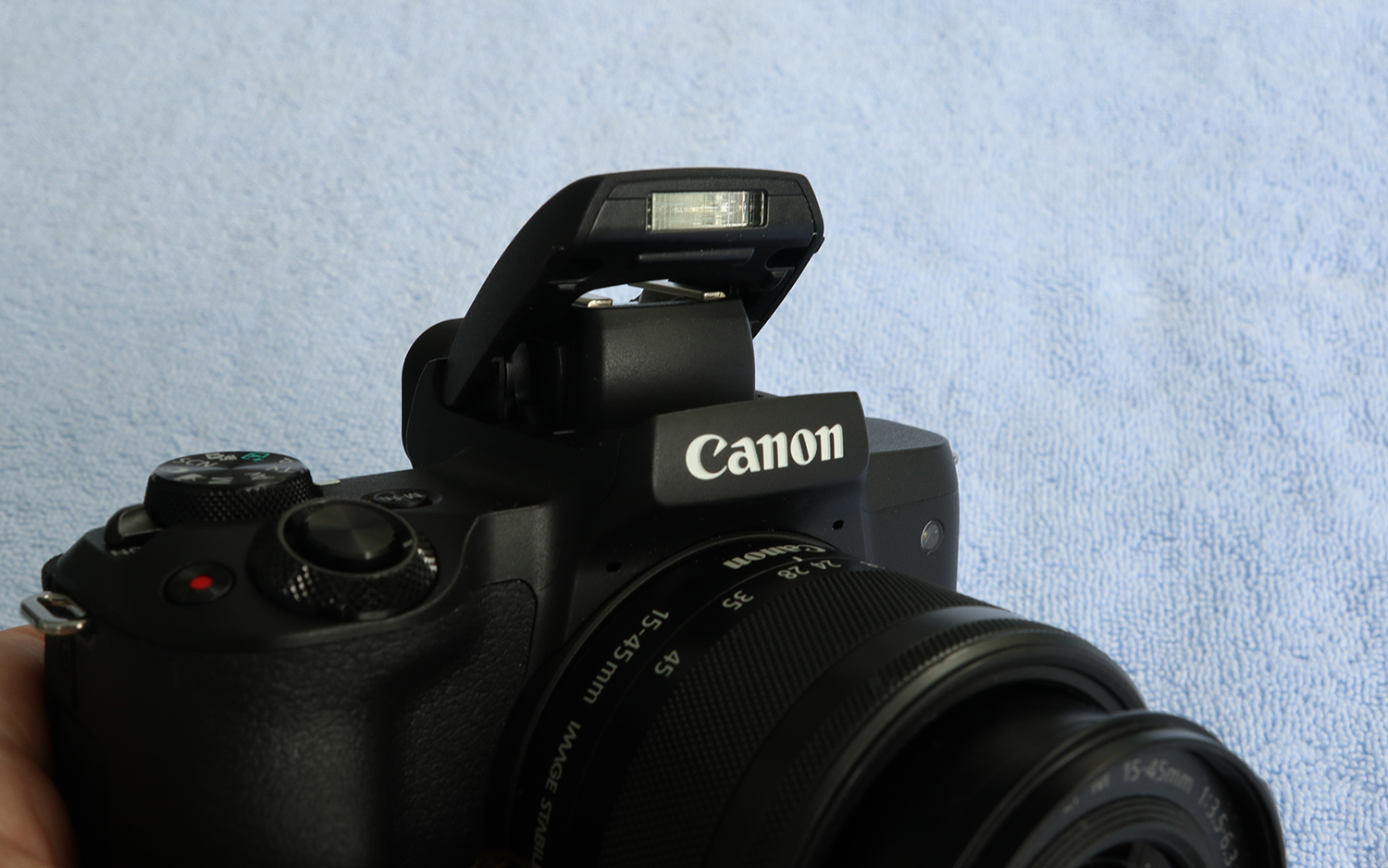
It's also important to note that, as of this writing, Canon has only seven lenses that are natively compatible with the M50, while Sony has 41 E-mount lenses that work with its A6000-series cameras.
Image Quality
The M50 uses 24.1-MP APS-C-sized image sensor to capture photos and video. Overall, my test shots and real-world sample images were sharp, with crisp details and strong, accurate, vibrant colors.

On my bright-light test image, even the small-size text on color charts was sharp and readable. The gray tones on my value scale were rendered very nicely, even in the low-light image, which shows the camera does well in capturing dynamic range. I also found that in many cases, the M50 kept noise to a minimum, even in low light.

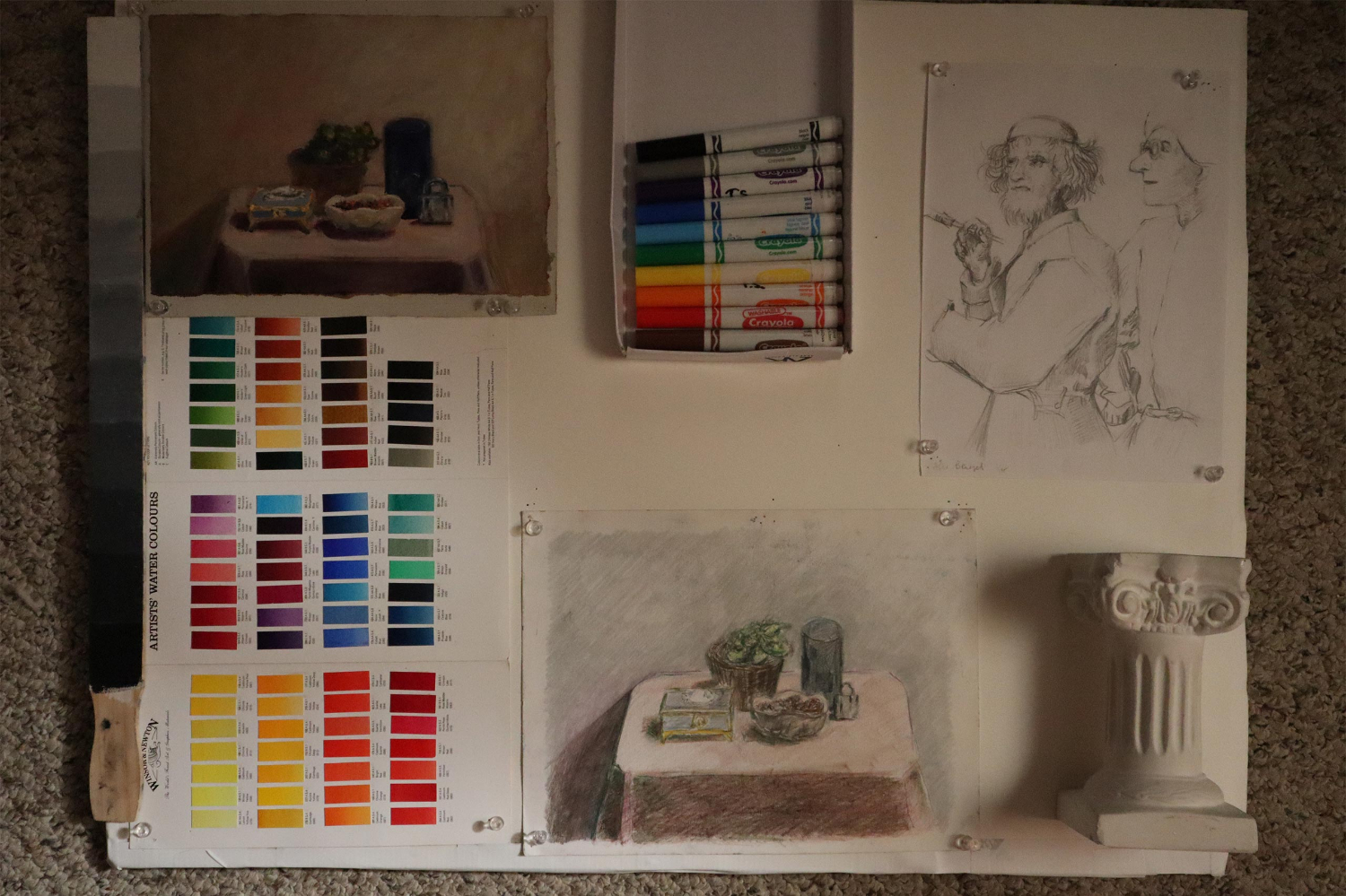
I did notice that the camera did slightly oversharpen the JPEG test shots: You'll notice a subtle outline around the color rectangles in the color charts, which isn't visible on the RAW files. (All bright-light and low-light images in my reviews are captured as both JPEG and RAW, when available.)

The camera has a fairly wide ISO range (ISO 100 to 25,600, with the ability to expand to a high ISO of 51,200). In both test and sample shots, most ISO settings were reasonably clean.

However, as you can see in my high ISO selfie composite photo, at the expanded ISO 51,200 setting, images become mottled with colored and patterned noise, which obscures details.
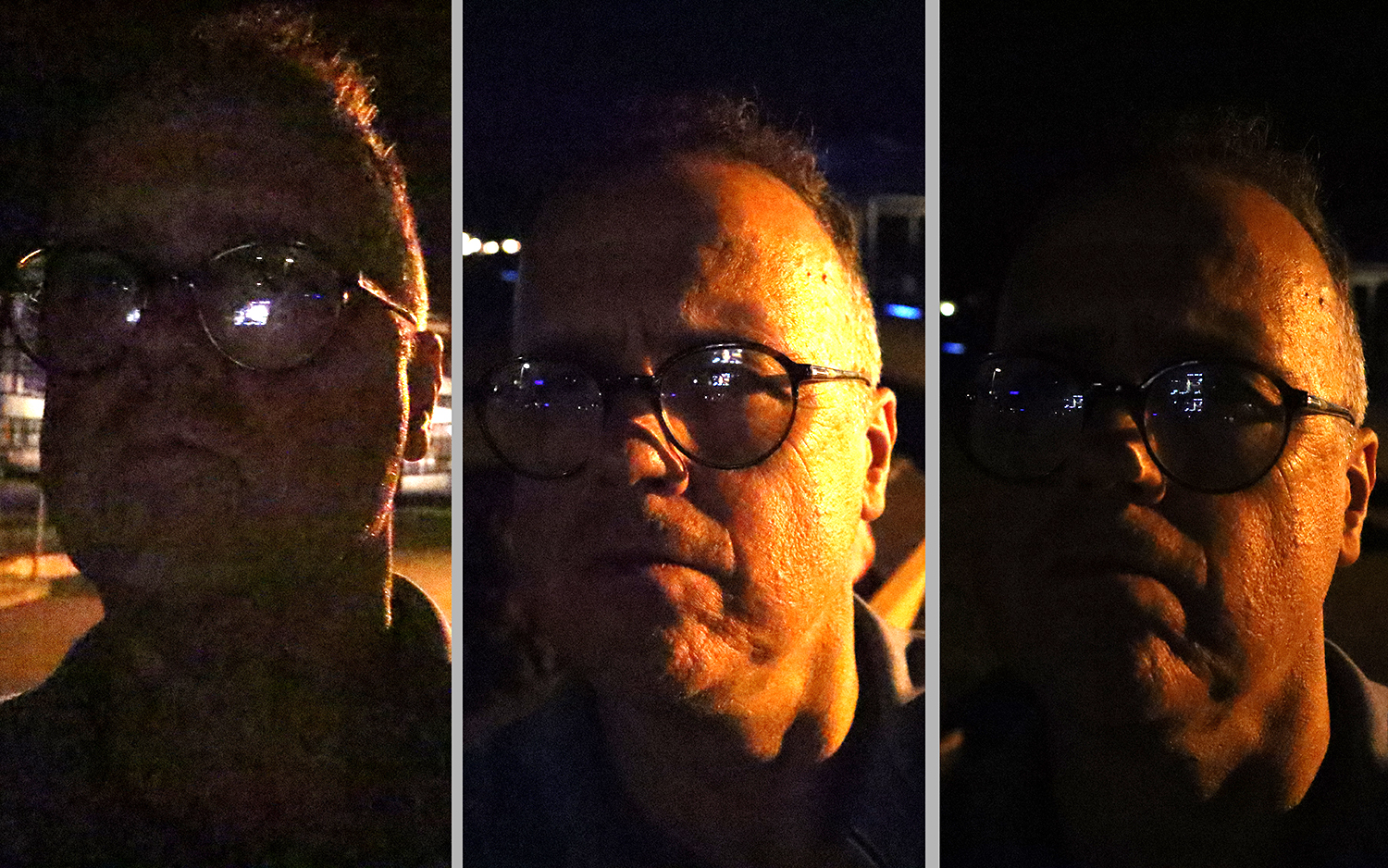
Video Quality
While the EOS M50 has been available on other mirrorless cameras for a while, it is the first from Canon that offers 4K video.
Regardless of whether I was shooting at its max resolution or in 1080p, my test clips were pleasing, but image stabilization didn't feel as robust as I've found on Sony's cameras. The result was slightly more jittery video.
Wireless Sharing
Like the M100, you can control the M50 using the Camera Connect mobile app (Android and iOS). It was easy to set up to my iPhone 7 (via Wi-Fi), compose my image on my smartphone and then fire off photos as well as change other settings, such as the ISO and drive mode/self-timer mode.
Battery Life
Canon claims the EOS M50 shoots about 235 shots (using either the LCD or the EVF) in normal mode (according to the CIPA standard). That's a quite a bit lower than you'll get with the Sony A6300, which gives you 400 shots using the LCD or 350 using the EVF.
MORE: Best Mirrorless Cameras From Beginner to Pro
For shooting video, the M50 can shoot 85 minutes, or for continuous shooting, about 130 minutes (using either the LCD or EVF).
Bottom Line
The Canon EOS M50 does a very good job in many ways, but it doesn't quite knock Sony's A6300 from the top spot, due to low battery life and lackluster image stabilization in video mode. And Sony's system also offers more lenses at this point. But the M50 will meet the needs of most photographers, from novices to more experienced shooters.
Credit: Terry Sullivan/Tom's Guide
Terry Sullivan is an experienced technology journalist who has covered consumer electronics including cameras, smartphones, audio tech and software among many other things. His work has appeared in the likes of Consumer Reports, PCMag, Lifehacker, and the New York Times and he is also a teacher, photographer, artist, and musician.
